Running a successful art business requires more than just creativity and talent. It also requires a solid plan that outlines your goals, strategies, and resources. An art business plan can help you stay focused, organized, and motivated as you navigate the ups and downs of running a business. Whether you’re a seasoned artist looking to take your business to the next level, or a beginner just starting out, this guide will help you create a roadmap for success.

As an artist who has turned my passion into a successful business, I understand the importance of having a well-crafted business plan. Over the years, I have honed my skills and learned what it takes to make an income as an artist, and I want to share my knowledge with you. By following the steps outlined in this post, I believe that you too can create a solid art business plan that will help you achieve your goals and build a sustainable career.
Why You Need an Art Business Plan
An art business plan is a roadmap for artists to achieve their professional goals. Whether you’re just starting out or have been selling your art for a while, having a solid business plan is crucial for success. Think of it as a roadmap that will guide you towards achieving your goals and making your art business dreams a reality. Don’t worry if you’ve never written a business plan before, it doesn’t have to be super complicated or intimidating. You can make it as detailed or as simple as you like, just start somewhere!
As we go through this post, make sure to take notes on all the sections we cover. You can keep your art business plan in a notebook, a Google doc, or a Word document. I also have a Notion template that you can use as a starting point.
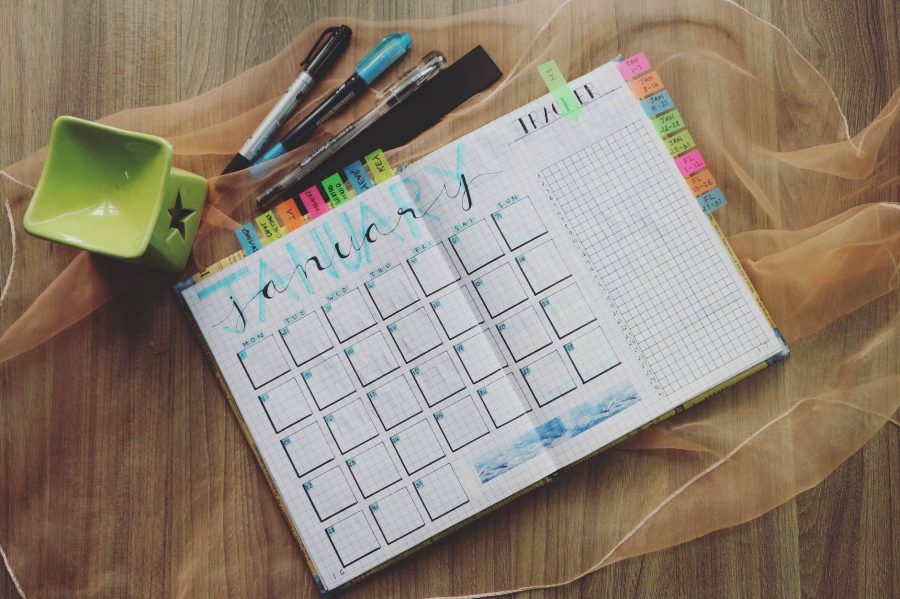
What to Include in Your Art Business Plan
When it comes to creating your art business plan, there’s no one-size-fits-all. Your plan should be customized to fit your unique goals, vision, and circumstances. However, there are certain elements that most art business plans have in common. Here are some key sections to include:
- Business Summary: This section should include a brief overview of your business, your mission statement, and your unique selling proposition.
- Market Analysis: Here you will conduct research to gain an understanding of your target audience, your competitors, and the overall market.
- Products and Services: Describe the products or services you offer, and what makes them unique.
- Marketing Strategy: Outline how you plan to market and promote your art business to reach your target audience.
- Financial Plan: This section will outline your projected income and expenses, as well as your funding sources and financial goals.
Remember, your art business plan can be as detailed or as simple as you like, depending on where you are on your art business journey. The most important thing is to just start somewhere, and make adjustments along the way as your business grows and evolves.
Now that you have a basic understanding of what should be included in your art business plan, let’s dive deeper into each of these points and discuss how you can create a plan that will help you achieve your business goals.

A Summary of Your Art Business
The Business Summary section is where you’ll give a quick and easy rundown of your business. It’s important to include your mission statement, which is essentially what your business is all about, as well as your unique selling proposition, which is what sets you apart from your competitors. Think of this section as an elevator pitch – it should be short, sweet, and to the point!
- Identify your business’s purpose and goals: Ask yourself what your business is about and what you want to achieve with it. Write down your answers and summarize them into a few sentences.
- Define your target audience: Think about who your ideal customer is and what they’re looking for. This will help you create a more targeted and effective summary.
- Focus on your unique selling proposition: What sets your business apart from others in your industry? Highlight your unique strengths and what makes you different.
- Use simple language: Your summary should be easy to understand and concise. Avoid using technical jargon or complex language.
- Get feedback: Share your summary with others and get feedback. This can help you refine your message and ensure it resonates with your audience.
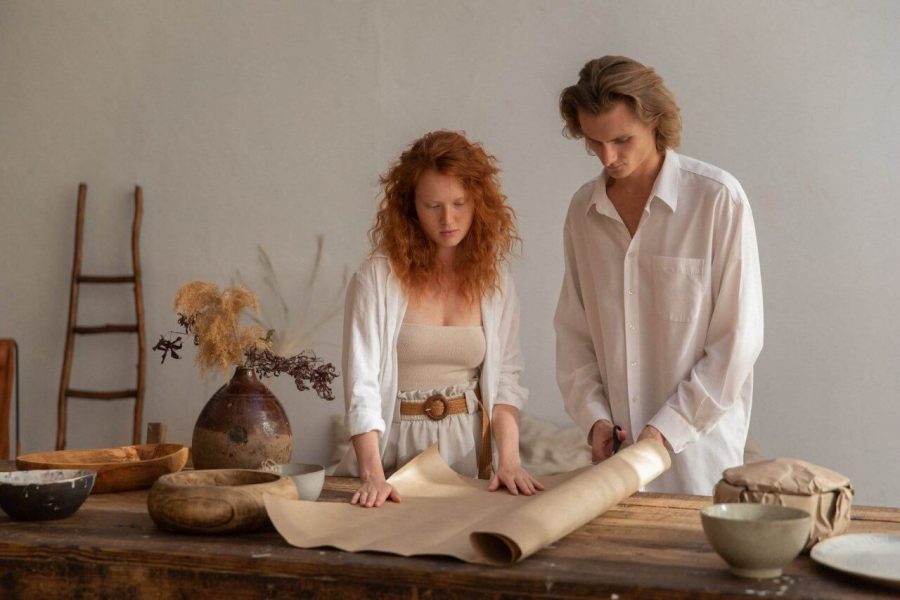
Conduct a Market Analysis
The market analysis section is all about doing your research to gain a deep understanding of your target audience, competitors, and the overall market. It’s important to know who your customers are, what they want, and how you can differentiate yourself from your competition.
This section can include data on your target market’s demographics, interests, and purchasing behaviors. You’ll also want to research your competitors and identify their strengths and weaknesses. By analyzing the market, you can better position yourself to succeed.
How to conduct a market analysis?
Here are some actionable tips for conducting market research as an artist:
- Identify your target audience: Think about who your art is meant for, what their interests are, and where they spend their time. Look at demographic data, such as age, gender, location, and income, to get a better understanding of your target audience.
- Research your competition: Look at other artists in your niche and see what they are doing. What are their strengths and weaknesses? What makes your art unique compared to theirs? You can also look at their pricing, marketing strategies, and social media presence to get an idea of what works well.
- Understand the overall market: Look at trends in the art market to see what types of art are popular right now. Consider the economic climate and how it may affect the art market. Look at art publications and websites to see what topics are being covered and what people are interested in.

Describe your Products and Services
In this section, you’ll want to provide a detailed description of the products and services you offer as an artist. Be sure to include information about the materials you use, the types of art you create, and any special techniques or processes that set your work apart. You can also talk about any additional services you provide, such as commissions or custom pieces. Don’t be afraid to get specific and really showcase what makes your art unique and desirable to your target audience.
Some examples of what you could include in this section are your original paintings, prints, commissions, workshops, or even merchandise like stickers or tote bags featuring your art. It’s important to be specific about what you offer, so your potential customers can understand what they’re buying and what sets your work apart from others.
Develop a Marketing Strategy
Now that you have a good understanding of your audience and products/services, it’s time to develop a marketing strategy that will help you promote your business. Some effective strategies for artists include social media marketing, email marketing, collaborations with other artists or businesses, and participating in local events and markets.
Choose the strategies that best fit your business and audience, and be sure to set goals and track your progress. For example, you could aim to grow your social media following by 100 followers each month, or to send out a monthly newsletter to your email subscribers. By developing a clear marketing strategy and tracking your progress, you can ensure that you’re reaching your target audience and achieving your business goals.

Come up with a Financial Plan for your Art Business
Managing the financial aspect of your art business may seem intimidating, but it’s a crucial step in achieving your goals. First, identify your start-up and ongoing expenses, as well as potential income streams, to determine your break-even point and set reachable financial goals.
You can use online accounting tools or create a budget spreadsheet to monitor your expenses and income regularly. It’s essential to have a clear understanding of your finances, so you can make informed decisions about pricing, marketing, and investments. In my Art Business Toolkit Notion template, I’ve included a budget tracker to help you get started. By tracking your expenses, you’ll be able to make strategic decisions that contribute to the growth and profitability of your business.
Conclusion
In conclusion, writing an art business plan may seem overwhelming, but it is a critical step in achieving your goals as an artist. By breaking down the process into manageable sections, you can create a plan that reflects your unique vision and sets you up for success. Remember to use the tips and tools provided in this post, and don’t be afraid to start small and revise as you go. Once you’ve completed all of the sections, put it all together into a cohesive plan that will guide you as you build and grow your art business. With dedication, persistence, and a solid plan, you can turn your passion into a thriving business.
Cheers

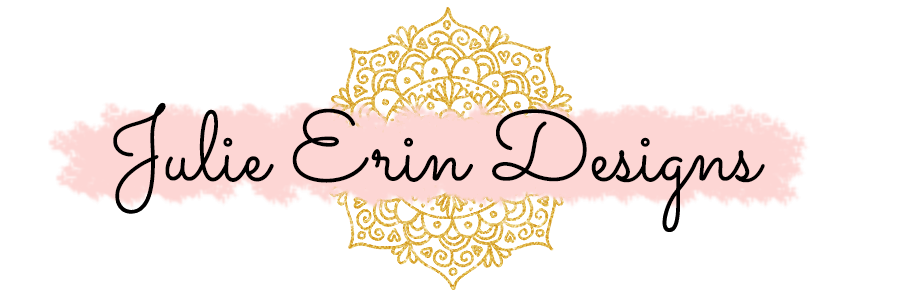
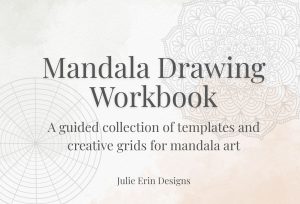

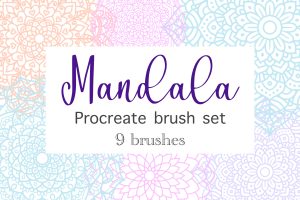
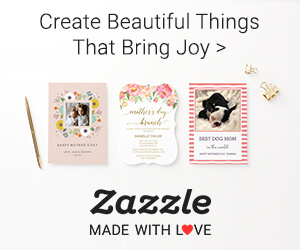




0 Comments